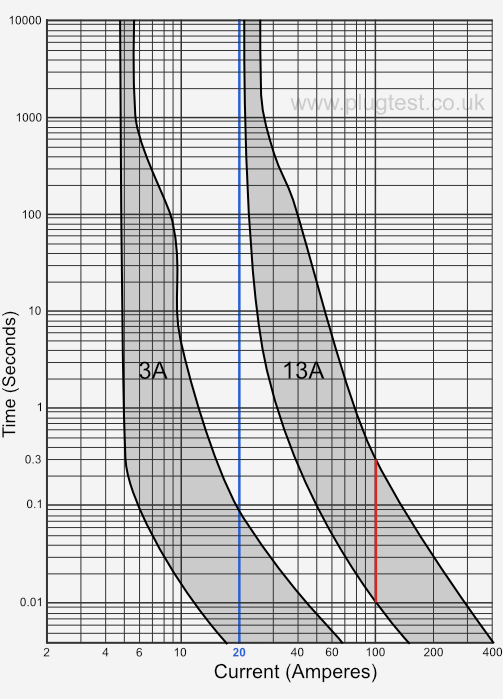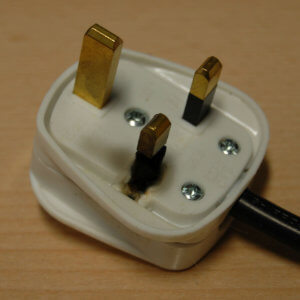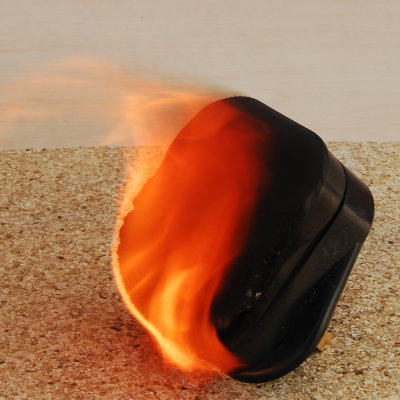BS 1362 Fuse Operation Characteristics

It may not be immediately apparent, but a 13A rated fuse is not designed to actually blow at 13A. In fact, a 13A fuse will allow a current of 20A to pass indefinitely without blowing. If we look at the graph in Fig 1, it shows the operating characteristics for both 3A and 13A BS 1362 fuses. The grey shaded area is the point where the fuse is designed to operate. So for example, a 13A fuse will blow within 0.01 - 0.3 seconds for a fault current of 100A; shown in red on the graph. For a current of 20A, shown in blue on the graph, a 13A fuse will not blow!
Why does a 13A rated fuse not blow at 13A?
The wire inside a fuse heats up when a current passes through it. The more current that passes, the hotter the wire will get. If the current is high enough, the wire will melt and cut the power to the appliance. The rated current of the fuse, in this case 13A, is the current that it can safely pass whilst maintaining a low enough temperature not to overheat the plug. BS 1362, the British Standard for the fuses used in plugs, specifies a maximum power dissipation of one watt when carrying the rated current.
Non-Fusing Current
The non-fusing current, the current that the fuse is capable of carrying, is specified as 1.6 times the rated current (Inf = 1.6 In). The fuse must be capable of carrying the non-fusing current for at least 30 minutes. So a 13A fuse must be capable of maintaining a current of 20.8A for at least 30 minutes without blowing.
Fusing Current
BS 1362 also specifies the fusing current as 1.9 times the rated current (If = 1.9 In). If the current exceeds the fusing current, the fuse must blow within 30 minutes. So a 13A fuse must blow within 30 minutes when carrying a current that exceeds 24.7A.
Overloading and Overheating
Figure 2 shows an example of an overheated plug fitted to an extension lead. This is likely to be caused by a combination of overloading of the extension lead and a loose terminal connection. The fuse has sustained a current above its rated value, but below the point where it will operate and break the circuit. In this case, the pin has heated up sufficiently to damage both the plug and socket. This highlights the reason why the card with the wiring instructions should always be removed from the plug before use. Fortunately, the British Standard for the 13A plug requires the use of fire-retardant plastic, preventing such incidents from turning into fires. Nevertheless, there is a growing number of counterfeit plugs made from flammable plastic sold online. We have published an article about counterfeit plugs, in which we conduct a flammability test to illustrate the potential hazards. Incorporating the identification of substandard and fake electrical equipment into the PAT testing inspection process is becoming increasingly crucial, and it is an essential aspect that we address in our PAT testing courses.

